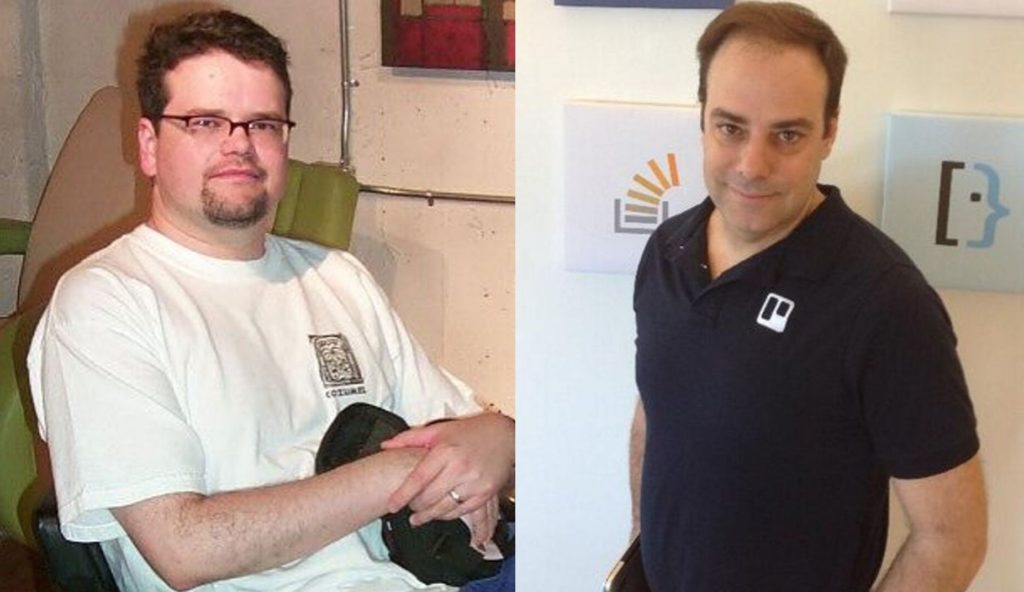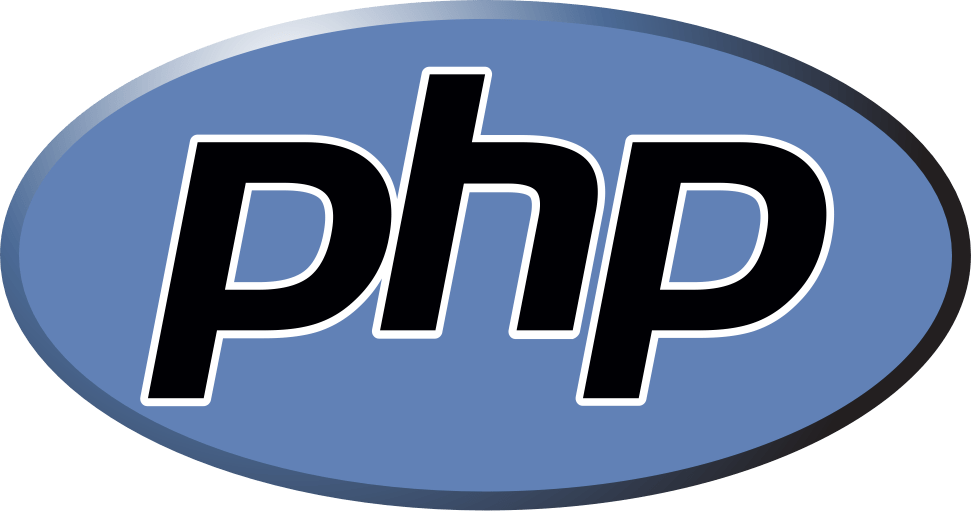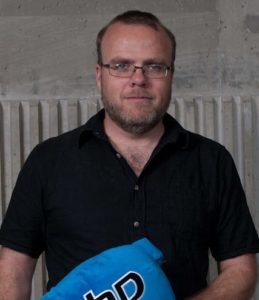Sun Microsystems – A famous American IT Company Currently Operating Under Oracle Corporation.
Sun Microsystems is an American IT company that was established in 1982 and is based in California, US. The company became very famous over a short time because it created Java (programming language) whose applications are very wide in today’s IT sector. The company mainly sold computer components, IT services, software but set itself apart by rolling out products like Java, ZFS, SPARC microprocessors, VirtualBox, etc. Sun Microsystems offers a wide range of software products like the Java platform, operating system, Office Suite, database management system, etc. It also offers storage as one of its primary products as well.
About Sun Microsystems
The founders of Sun Microsystems are Scott McNealy, Vinod Khosla, Andy Bechtolsheim, and Bill Joy. Sun Microsystems is a company that has always supported open systems like Unix and contributed to open-source software. In 2008, the company acquired MySQL for $1 billion. After a year, Oracle Corporation announced that it would acquire Sun Microsystems for $7.4 billion. The company made plenty of acquisitions and expanded to Newark, Oregon, Scotland, Hillsboro, and many other places before it became a part of Oracle Corporation.

History Of The Company And The Dot-Com Bubble
The first Unix workstation of Sun Microsystem, Sun1 is the original idea of Andy Bechtolsheim. When he was a graduate student at Stanford University, he started working on the designs of the workstation for his communications project. He designed it using the Motorola 68000 processors and an advanced memory management unit. His first design was completely built out of what he got from his college’s computer science department and Silicon Valley supply houses. As the design of the workstation became a success, two other graduate students, Scott McNealy and Vinod Khosla from the same university joined in and founded Sun Microsystems. Bill Joy worked at Berkeley Software Division and joined the company soon.
In the first year of its establishment, Sun Microsystems turned out to be profitable. After four years, the company filed its first IPO under the stock symbol SUNW. This symbol was changed to JAVA in 2007 as the company became more famous as the creator of the Java platform. Soon, the situation of the dot-com bubble made an impact on every Silicon Valley business. Sun Microsystem’s business rose dramatically and the share prices as well. The company started hiring more employees and building the company until the bubble burst in 2000. None of the companies were prepared for this and thus it was followed by layoffs and cost-cutting. Sun tried its best to get to the pre-cash scenario as early as possible but had to shut down their Newark, California facility.
Post-Crash Scenario
After the bubble burst, there were changes in the strategies of Sun Microsystems. The company started focusing more on processor optimization for multi-threading and multiprocessing. In 2004, the company collaborated with Fujitsu, a Japanese business, to use their processor chips and Sun servers. Eventually, Sun Microsystems stabilized itself and in 2005 gained a net profit of $19 million. The year before it was acquired by Oracle, the value of Sun Microsystems fell from 2007 to 2008 and its valuation came down to $3 billion.
Acquisitions
Sun Microsystems has a big list of acquisitions from the year 1987 to 2009, just before Oracle acquired it. In the 1980s it acquired Transept Systems, Sitka Corp, Centrum System West, and Folio Inc. The company acquired a lot of businesses in the late 1990s. Some of them are Lighthouse Design, Encore Computer, LongView Technologies, etc. Out of all the companies it acquired, MySQL was the biggest acquisition in the company’s history. Q-Layer was the last company that it acquired before Oracle bought it off.
About The Founders
Scott McNealy is an alumni of Harvard and Stanford University. Mostly famous as co-founding Sun Microsystems, he also founded Curriki which is a free e-learning service. He founded Wayin in 2011 and served as its CEO for quite some time. In 2018, he joined the Advisory Board of Redis Labs.
Vinod Khosla is an Indian American businessman who graduated from IIT Delhi. He also went to Carnegie Mellon University followed by Stanford. Apart from Sun Microsystems, he founded Khosla Ventures. Last year, he was featured on the Forbes 400 list.
Apart from being an investor and an entrepreneur, Andy’s career started as an electrical engineer. He was very talented as a student as he graduated from Carnegie Mellon University with the help of the Fulbright Scholarship. Later, he went to Stanford to complete his Ph.D. He is also a Google investor. Before co-founding Sun Microsystems, Bill Joy worked at Fabry’s Computer Systems Research Group. He is an electrical engineer and also acquired a degree in computer science.

Annasha Dey is an NIT student, who apart from studying engineering is also a content writer. She has a great interest in photography, writing, reading novels, and travelling as well. She is a foodie who loves socializing and hanging out with her friends. She is also a trained Kathak dancer and a big fashion enthusiast. Dey also loves watching TV series, which includes F.R.I.E.N.D.S. and Big Bang Theory. To be a better writer she prefers to read more



